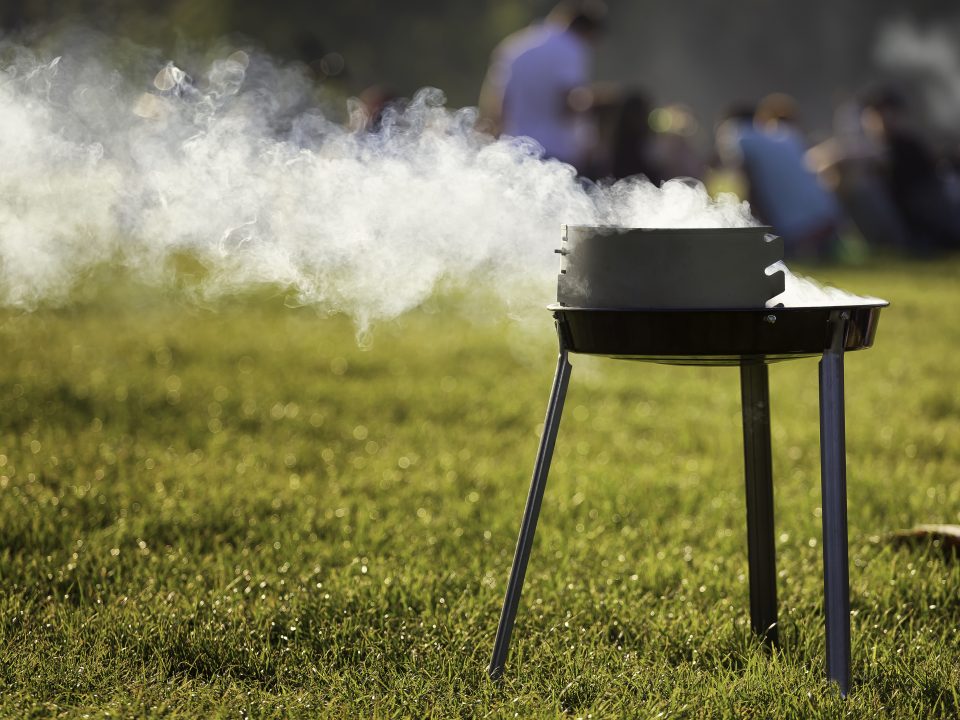
Students Use Kids Making Sense Air Sensors to Learn about Climate Change and Air Quality
November 17, 2022
Empowering Students in India to be Community Scientists
March 26, 2023
Creating Change: Students Showcase their Sensor Studies for Policy Makers
In December 2022, the Coalition for Clean Air (CCA) brought Kids Making Sense® to students in the Expanded Learning Program at Norwood Junior High School in Sacramento, CA, through CCA’s CLEAR in Schools STEM program, which aims to empower students to monitor and affect change in their local air quality. The program was funded through the California Air Resources Board’s (CARB) Supplemental Environmental Project (SEP) Policy, which enables community-based projects to obtain funding through penalties that result from enforcement actions.

This grant provided The Expanded Learning Program at Norwood Junior High School with teacher training and handheld air sensor classroom kits, and hosted the virtual presentation at the end to enable teachers and students to interact with local and state policymakers. Representatives from California State Senator Angelique Ashby’s office, CARB, the Sacramento Metropolitan Air Quality Management District, and the CCA Board of Directors were in attendance and participated in a question and answer session after the student presentation.
“I would like to say if you are somebody who is trying to get this [program] in a school near you [or] if you have kids, I would definitely advise it — it’s great!”
– Alfonso Navarro, Senior Team Leader at Norwood Junior High
“I think [Kids Making Sense® is] a really good program, the way it is set up,” said Alfonso Navarro, Senior Team Leader of the afterschool program. “I was really glad when it came to Norwood because I’ve always been someone who was interested in science, but it wasn’t until middle school when I had that one experience where it shifted everything for me to where I wanted to become involved. I was really hoping this would be that project, and for these students, it was!”
Students presented their research and findings in a slideshow titled “What’s Polluting Our Air?” They found that their hypothesis of “cars are polluting our school’s air, therefore the biggest area for pollution is the school’s parking lot,” was accurate. They measured a number of indoor and outdoor locations, considering distance from the parking lot and direct line of site to the drop off area, and recorded the highest levels of PM near the parking pick-up and drop-off area.
In the future, the students would like to encourage their community members to invest in cleaner cars. More immediately though, they want to work with their school to sponsor school-wide walk-to-school days. They have also considered ways to reduce idling during pick up and drop off hours. Their larger future goals are to consider how to make drive-throughs more efficient at fast-food restaurants in a further effort to improve the air quality in their community as a whole.

During the Q&A, Walter Ham, the Chief of Monitoring and Laboratory Division at CARB, discussed previous efforts to reduce emissions in situations similar to the ones the students identified, including technology that turns engines off when cars are idling and automatically restarts them when the driver takes their foot of the break pedal. Andrew Powers, a district representative from State Senator Angelique Ashby’s office, agreed and brought up how some California cities have banned the construction of new drive-throughs as a way to cut down particle pollution.
Amy Kraft, Science Curriculum Specialist at the Sonoma County Office of Education, said, “we have plans to make the air quality kits available to other Expanded Learning programs so we can provide more students with the opportunity to learn about the air around them.” Ms. Kraft is also looking for ways to integrate the air quality kits in outdoor education programming at the River Bend Outdoor Education Site to monitor and analyze air quality in open spaces surrounded by housing developments.
“I would like to say if you are somebody who is trying to get this [program] involved in a school near you [or] if you have kids, I would definitely advise it” Navarro said at the presentation’s conclusion. “It’s great!”
If you are interested in bringing Kids Making Sense® to a school near you, Sonoma Technology can help write a proposal to secure SEP grant funding. Email Program Director Olivia Ryder at ORyder@SonomaTech.com for more information!



